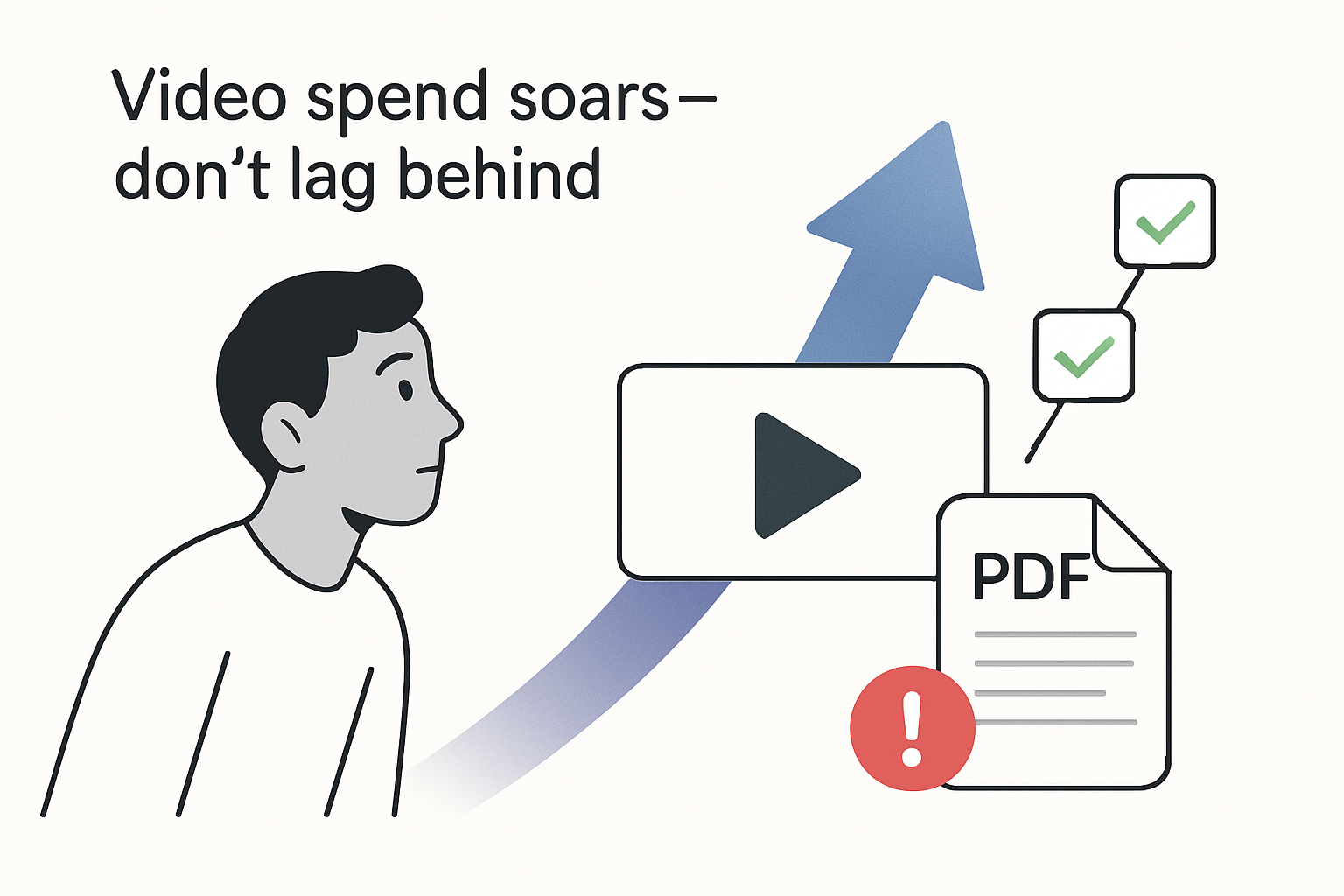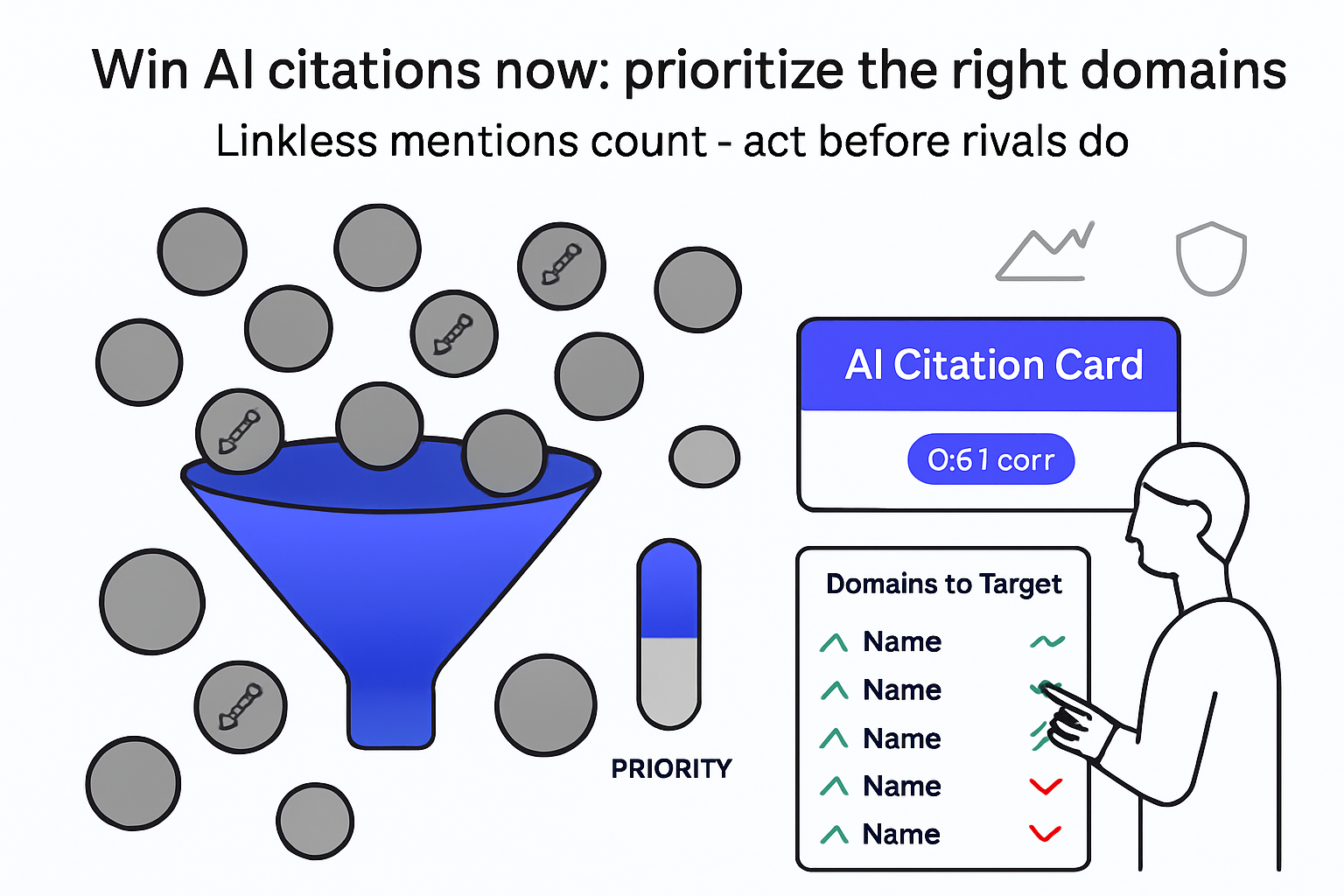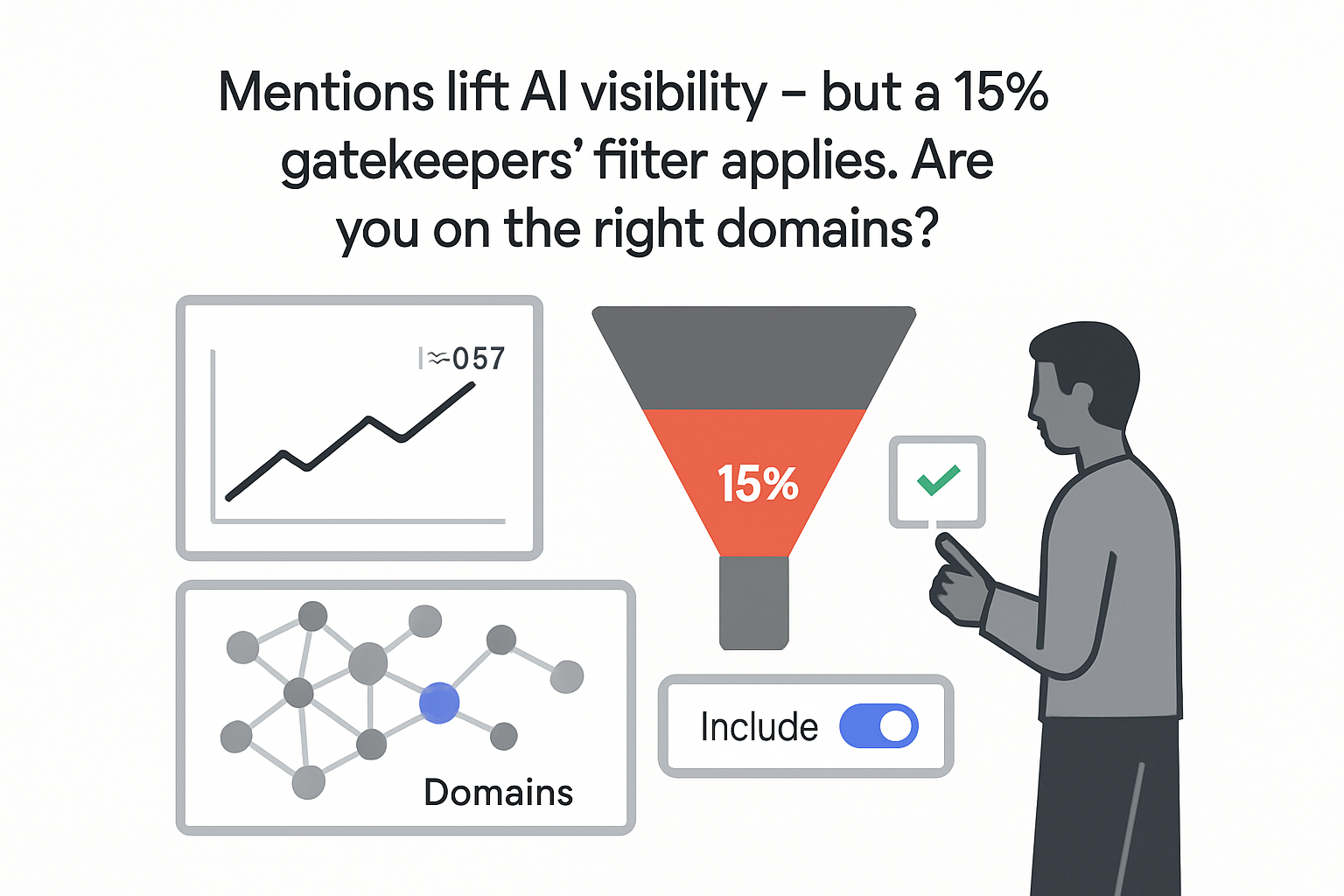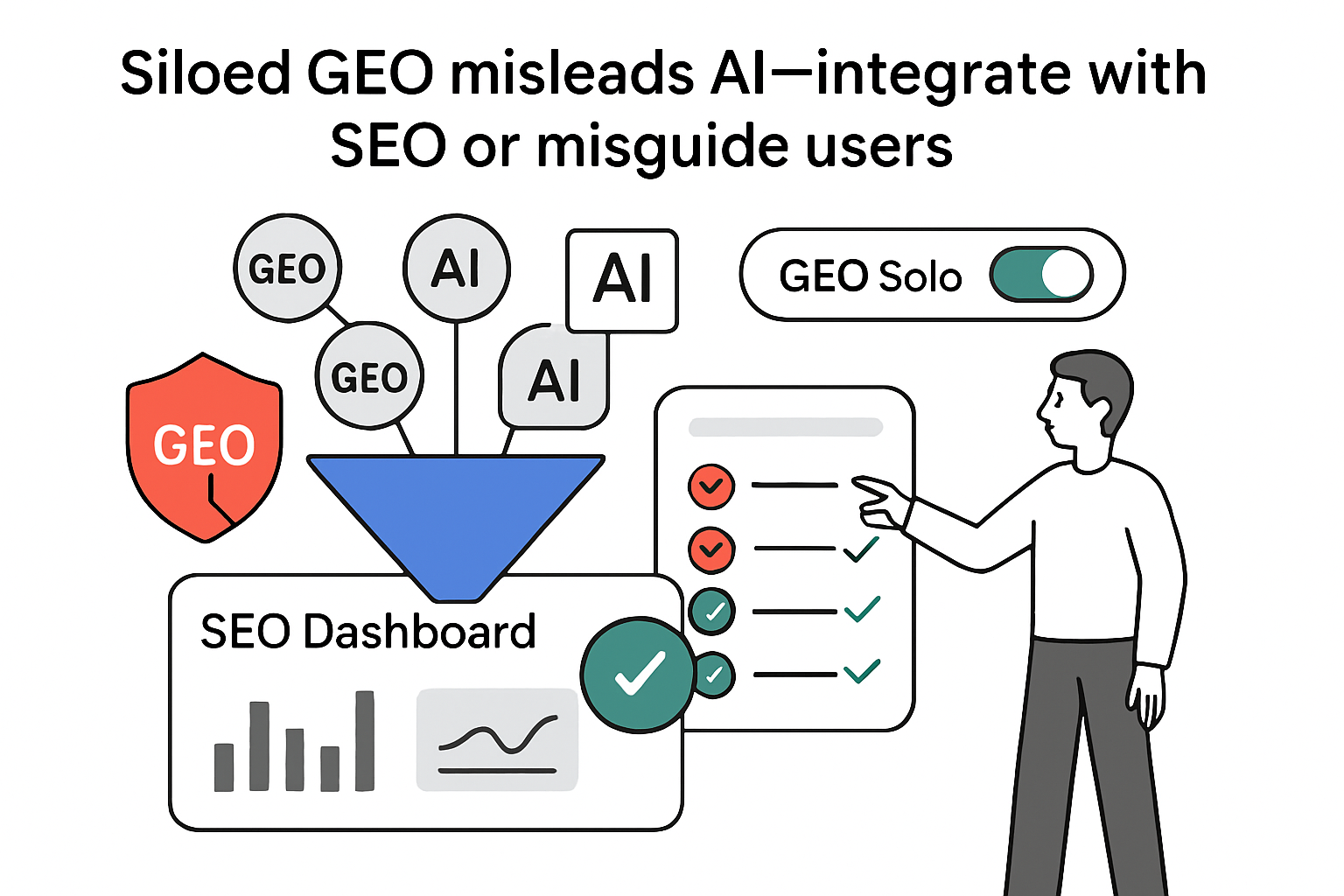Over the past 18 months B2B organisations have shifted from gated PDFs to short-form video, livestreams and creator collaborations. Longitudinal data from LinkedIn and other primary sources shows these “consumer-style” tactics are no longer experimental - they are becoming baseline expectations in complex buying cycles.
Executive snapshot
- 78% of B2B marketers already run video, and 52% plan larger allocations in the next 12 months [S1].
- 55% now partner with external creators or subject-matter influencers; 84% of those firms expect bigger creator budgets [S1].
- Teams with an always-on video strategy are 2.2× more likely to report “high trust” and 1.8× more likely to report “high brand awareness” among target accounts [S1].
- In North America, video overtook case studies as the most used B2B content format for the first time (75% vs 67%) in the 2023/24 cycle [S2].
- 83% of B2B respondents to Wyzowl’s 2024 study say video has directly generated qualified leads, up from 70% in 2020 [S3].
Implication: Credible, human-led video is moving from nice-to-have to a core trust signal in long, multi-stakeholder deals.
Method and source details
Primary data points come from:
- LinkedIn B2B Marketing Benchmark Report, July 2025, n = 1,500 senior B2B marketers across US, UK, DE, FR, AU, IN; mix of qualitative interviews and online survey [S1].
- Content Marketing Institute “B2B Content Marketing Benchmarks, Budgets & Trends - North America,” Oct 2023, n = 1,263 marketers [S2].
- Wyzowl “State of Video Marketing 2024,” Jan 2024, n = 528 marketers (34% B2B-focused); self-reported results [S3].
- Edelman “B2B Trust Barometer 2024,” n = 1,200 business buyers in nine countries [S4].
Limitations: Self-reported performance metrics, regional skew toward English-speaking markets and differing definitions of “influencer” across studies.
Adoption and budget trends
- Global video adoption in B2B marketing climbed from 66% in 2022 to 78% in mid-2025 [S1].
- 52% expect larger video allocations next fiscal year [S1], mirroring CMI’s 64% “increase” response for North America [S2].
- Influencer usage rose from 34% (2021) to 55% (2025) [S1]. Eighty-four percent of users forecast bigger creator budgets compared with 58% among non-users [S1].
- Average share of programme spend going to video reached 14% in 2024, up from 9% in 2021, according to HubSpot’s annual survey [S6].
- Short-form clips (under 90 seconds) are the fastest-growing format, cited by 61% of LinkedIn respondents [S1]; live webinars (47%) and customer-story films (43%) follow.
Effects on trust and pipeline metrics
- Brands running integrated video strategies are 2.2× more likely to be deemed “highly trusted” by buying committees [S1].
- LinkedIn case-matched analysis (n ≈ 300) shows video advertisers generating a 15% higher opportunity-to-closed-won rate than static ads [S1].
- Edelman finds 67% of B2B buyers rank “visible expertise via video or podcast” as a top-three trust driver, surpassing analyst reports (54%) [S4].
- Accounts exposed to both creator content and brand-run ads delivered a 28% lift in brand familiarity versus brand-only exposure, based on LinkedIn Campaign Labs meta-analysis of 72 campaigns [S1].
Interpretation for B2B marketers
Likely: Video has crossed the threshold where late adopters may appear out of touch. Always-on video - not ad-hoc webinars - correlates with higher trust and brand recall, underscoring the need for repeatable production workflows and distribution that spans organic, paid and sales-enablement channels.
Tentative: Creator partnerships look most efficient when the influencer is a practitioner or niche expert with 100k or fewer followers. Performance appears tied to perceived authority, not total reach, but sample sizes remain modest [S1][S4].
Speculative: As search algorithms place more weight on E-E-A-T signals, on-page video featuring named experts could earn incremental visibility. Schema markup and speaker identification may sharpen these signals, though controlled tests are limited.
Budget planning tip: Shifting 10–15% of spend from single-touch lead-gen offers toward multi-format brand content aligns with median high-growth firm behaviour in the LinkedIn dataset [S1] and stays within CMI benchmark ranges [S2].
Contradictions and open questions
- ROI measurement inconsistency: 46% of LinkedIn respondents still rely on soft metrics (views, likes) to assess creator work, conflicting with the 32% who claim clear pipeline attribution - hinting at methodology gaps, not poor performance.
- Regional divergence: APAC respondents in the Wyzowl panel report 10 percentage-point higher lead generation from video than North America (91% vs 81%) [S3], while LinkedIn shows only a 3-point gap. Sample composition may explain the spread.
- Saturation risk: Early-2025 data shows declining organic reach for corporate video on LinkedIn - median view-through fell 8% year over year [S1]. Further tracking will determine whether creator-led assets offset potential fatigue.
Data appendix
| Metric | 2021 | 2023 | 2025 | Source |
|---|---|---|---|---|
| B2B marketers using video | 66% | 72% | 78% | S1/S2 |
| Share using influencers | 34% | 47% | 55% | S1 |
| Avg. video budget share | 9% | 12% | 14% | S6 |
| Buyers citing video as trust driver | 49% | 59% | 67% | S4 |







.svg)